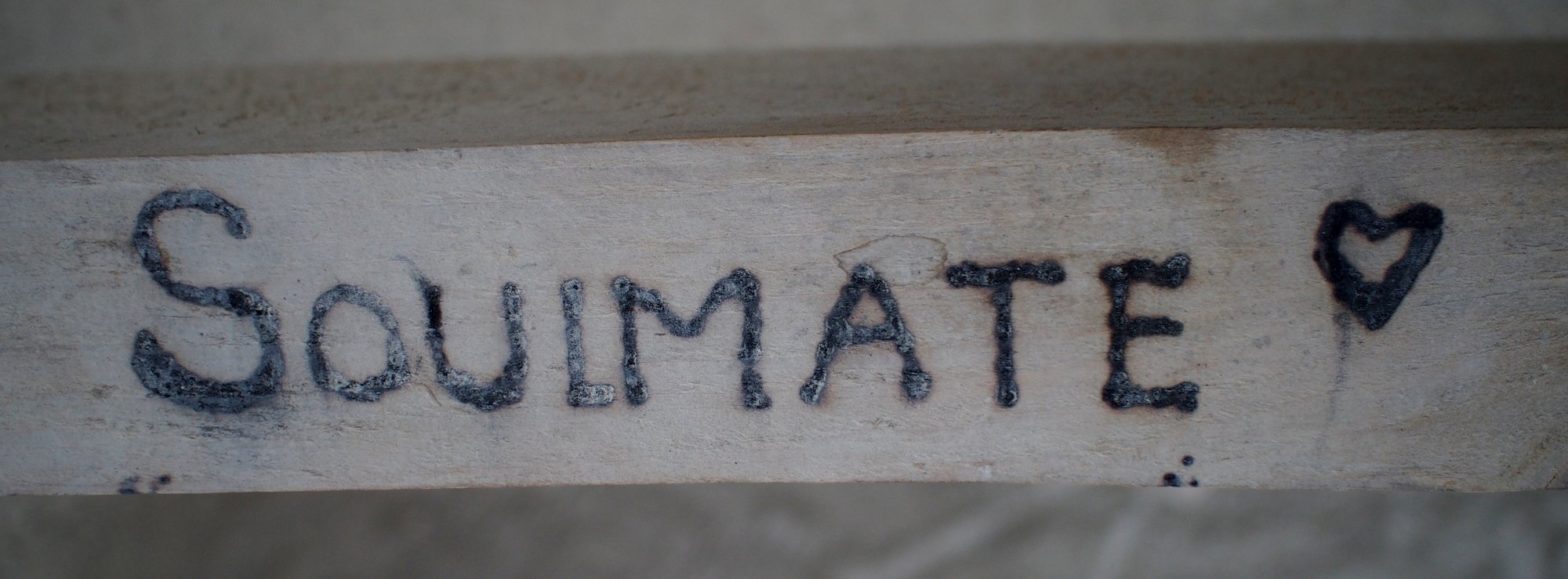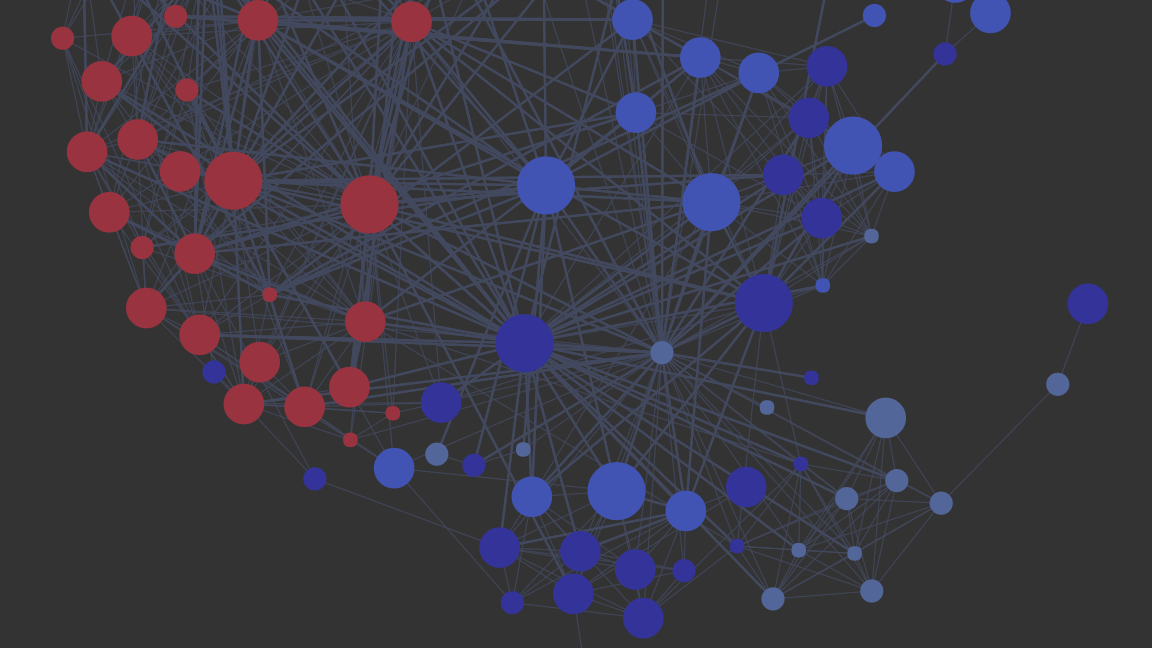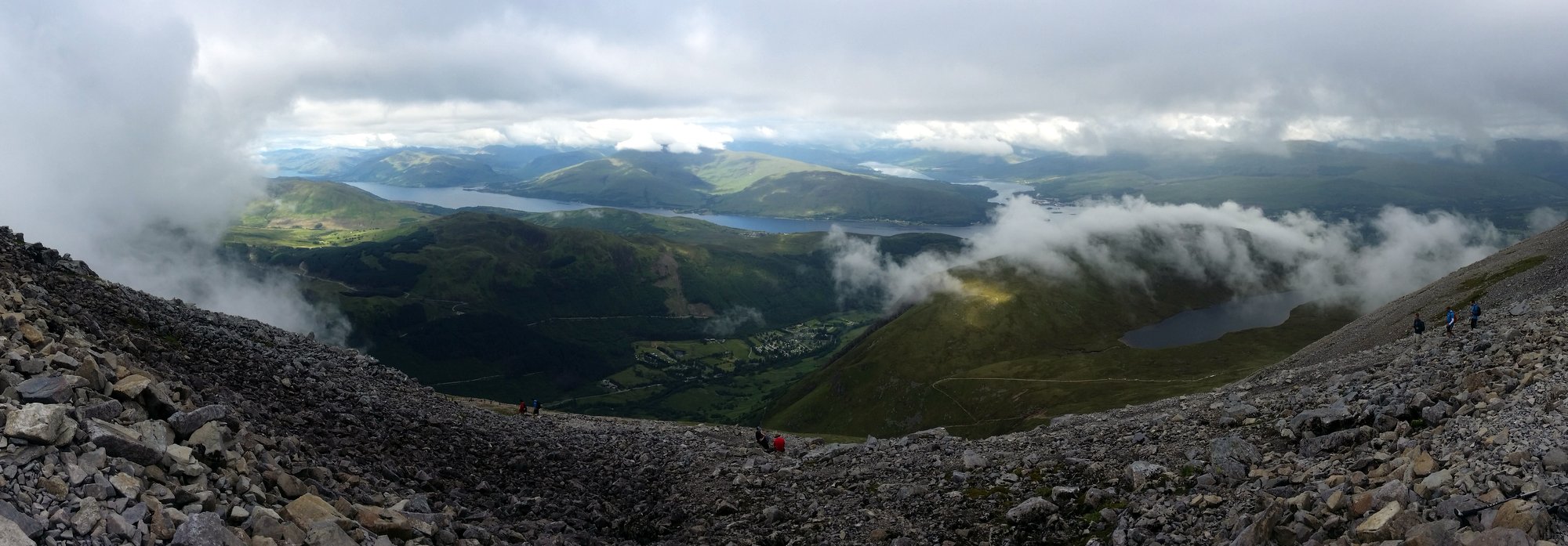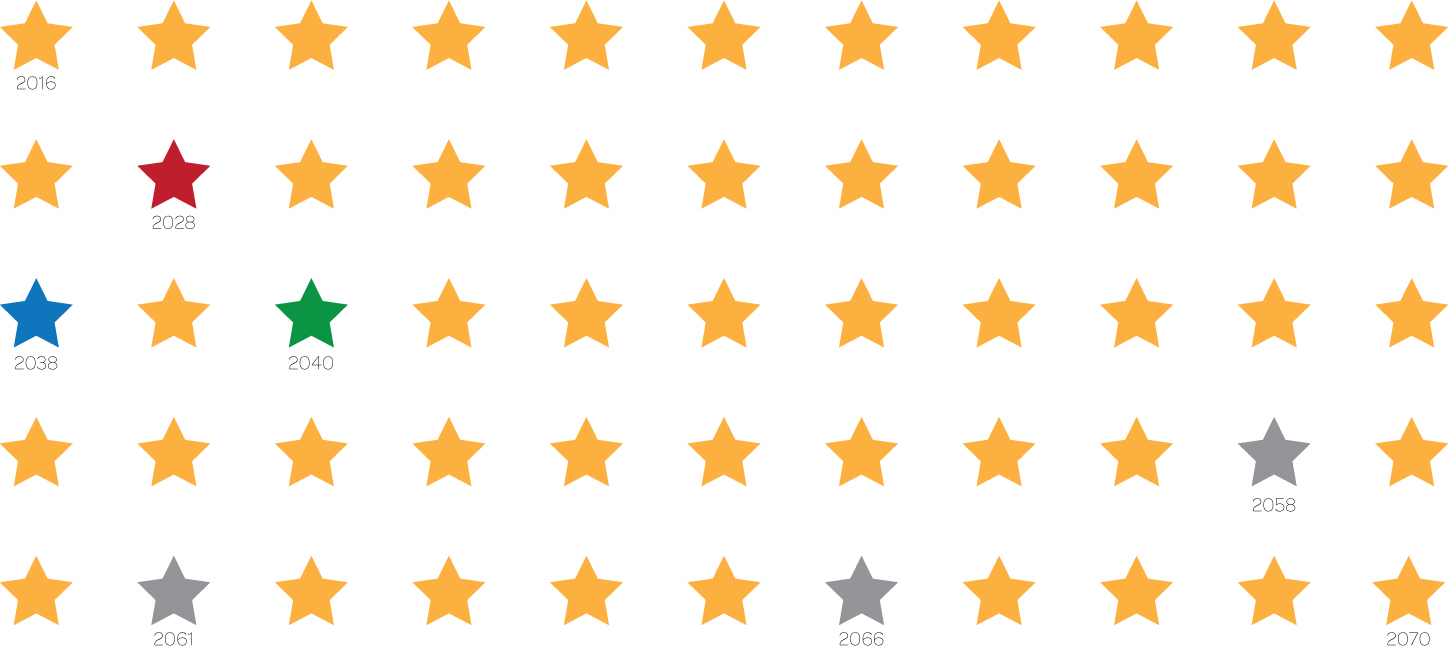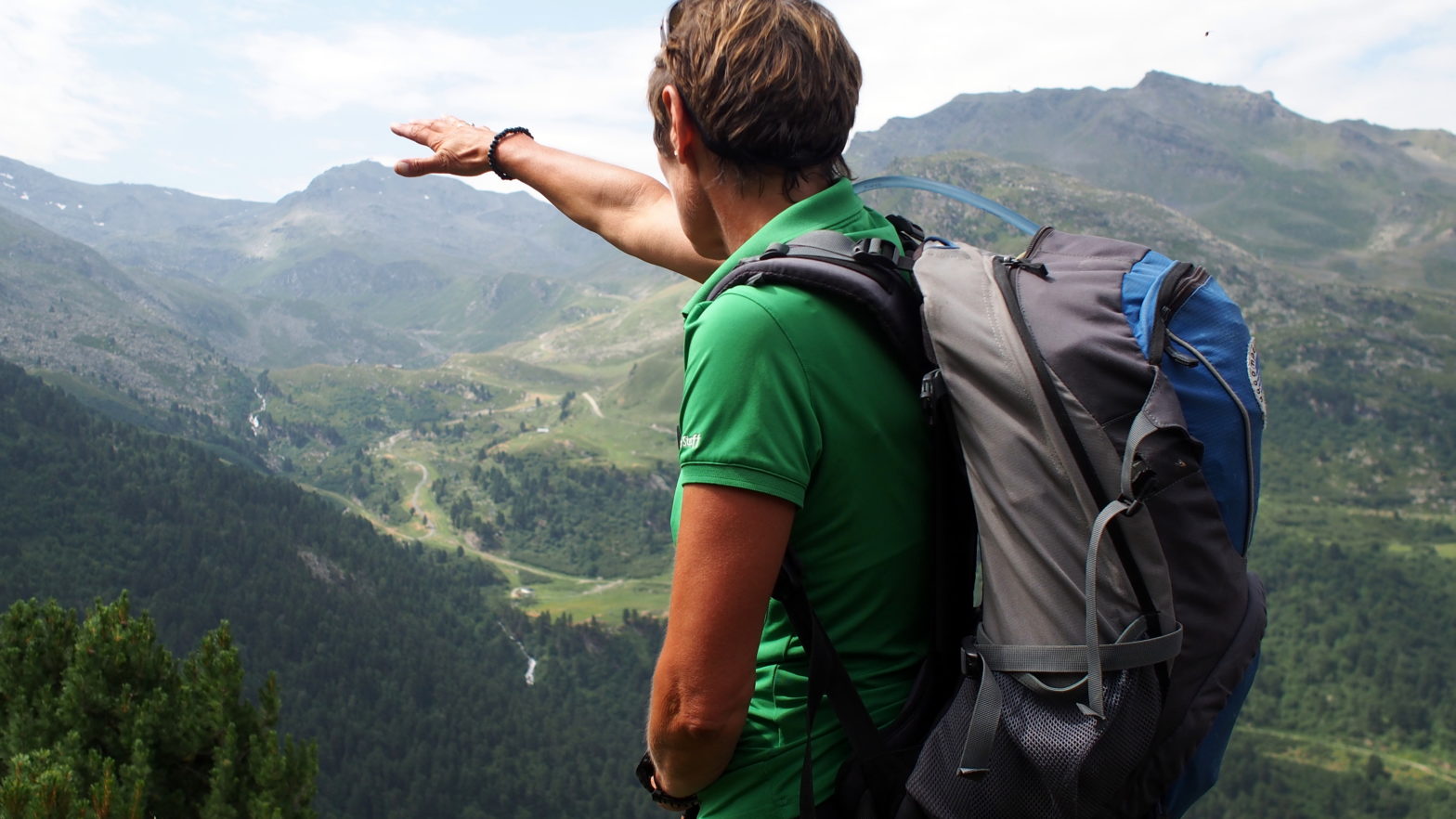Two Years of Seasonal Migration
The headline on my LinkedIn bio proudly displays the Barabasi quote: “Performance drives success, but when performance can’t be measured, networks drive success.” To anyone who will listen, I’m always saying things like “it’s not only what you know, it’s who you know” and that the quality of our relationships is the strongest indicator of happiness and health long-term. Unfortunately it feels like modern life is often at odds with this worldview. What better way to embody these beliefs than to reorient my life around my relationships?It was this seed that grew into the Seasonal Migration experiment. My family is extremely small, so I don’t have a strong gravitational pull to a specific place. Having moved internationally from the Americas to Asia and then Asia to Europe, my ‘chosen family’ are more geographically dispersed than most. Since I left the US in 2008, all but my closest relationships there have withered. Many people might describe this lifestyle as nomadic, but I feel there’s an important difference: nomadic movement is generally unpredictable and acyclic, while migratory …
